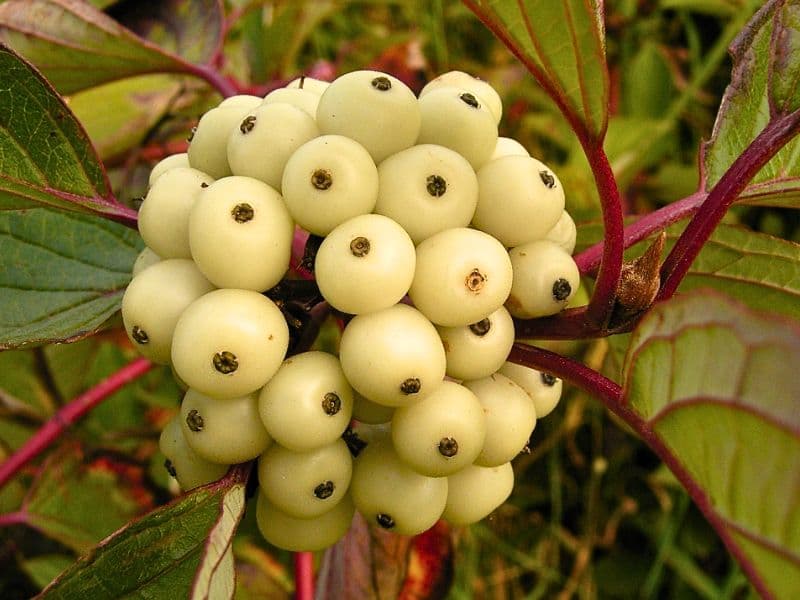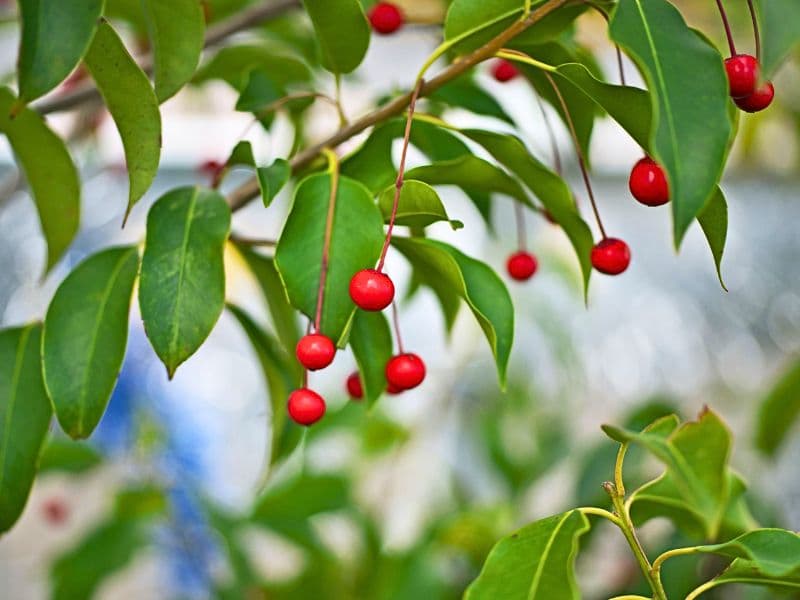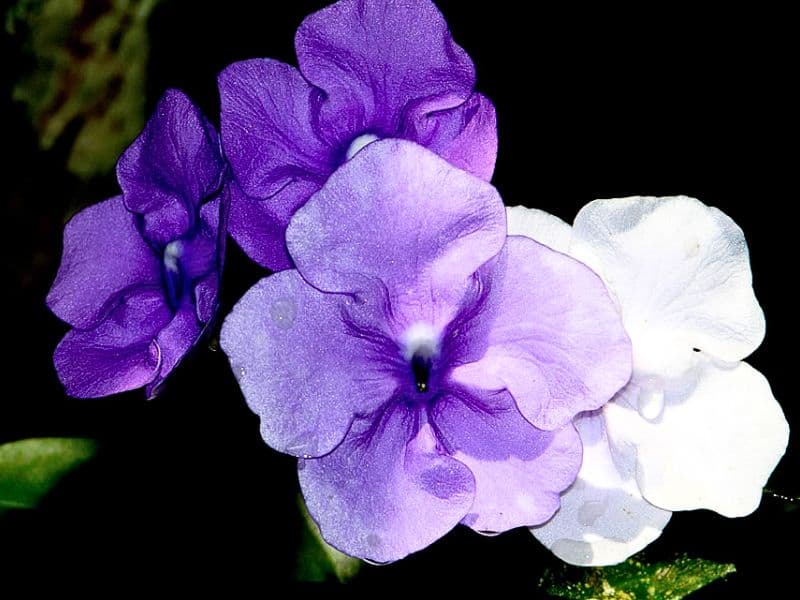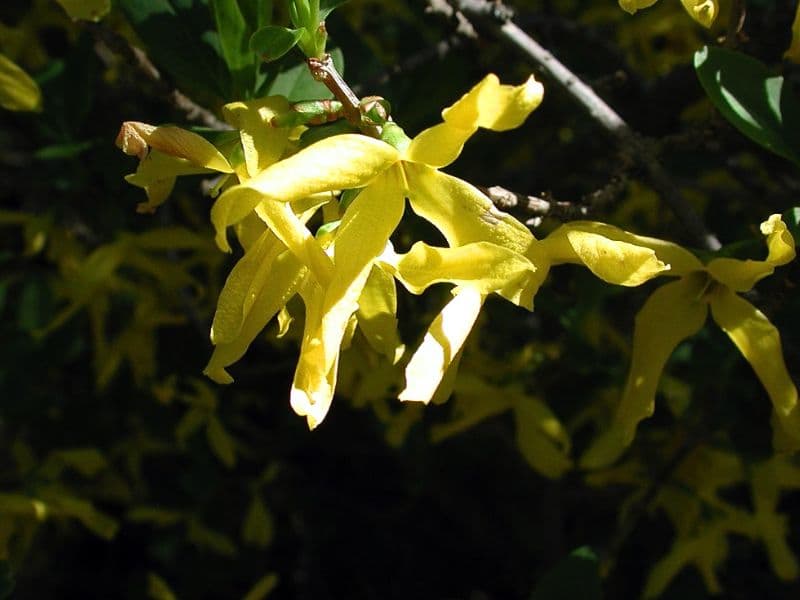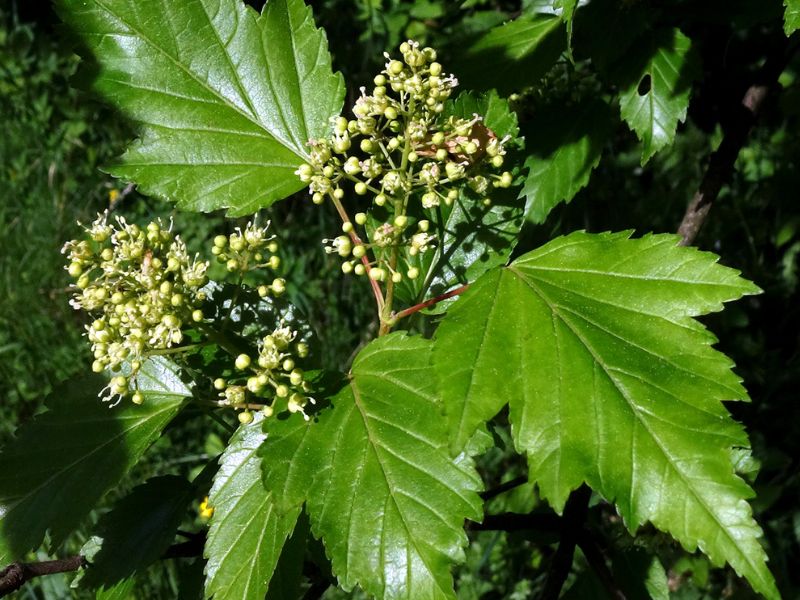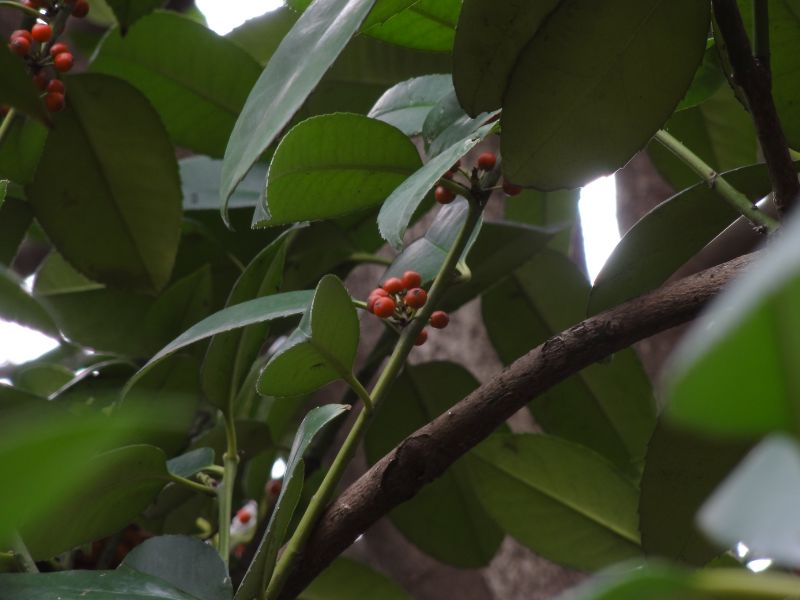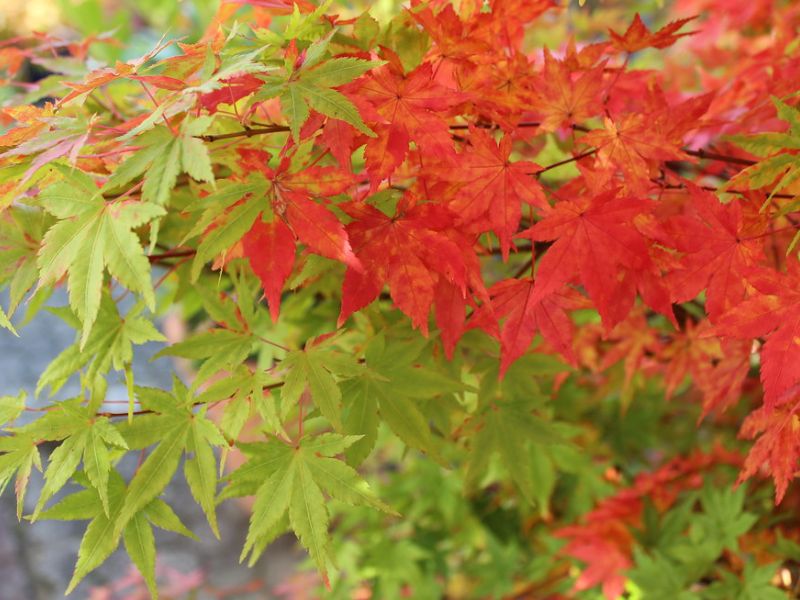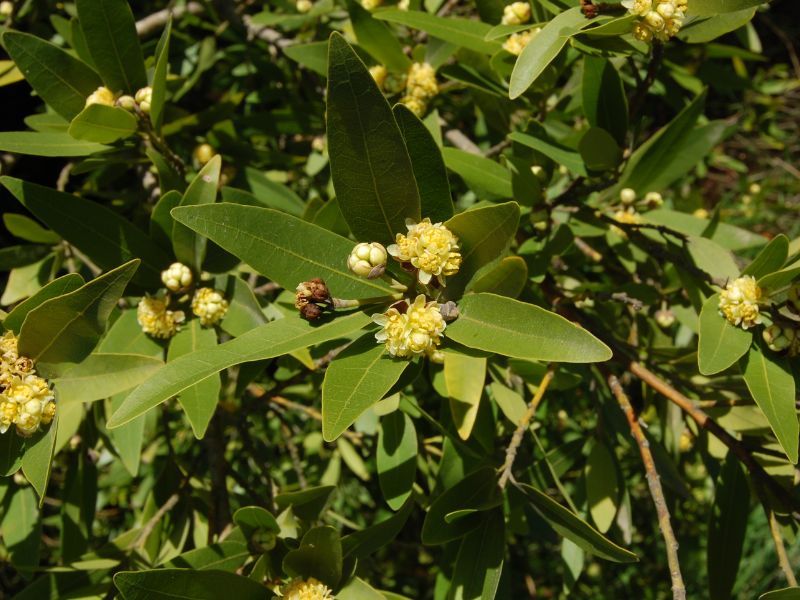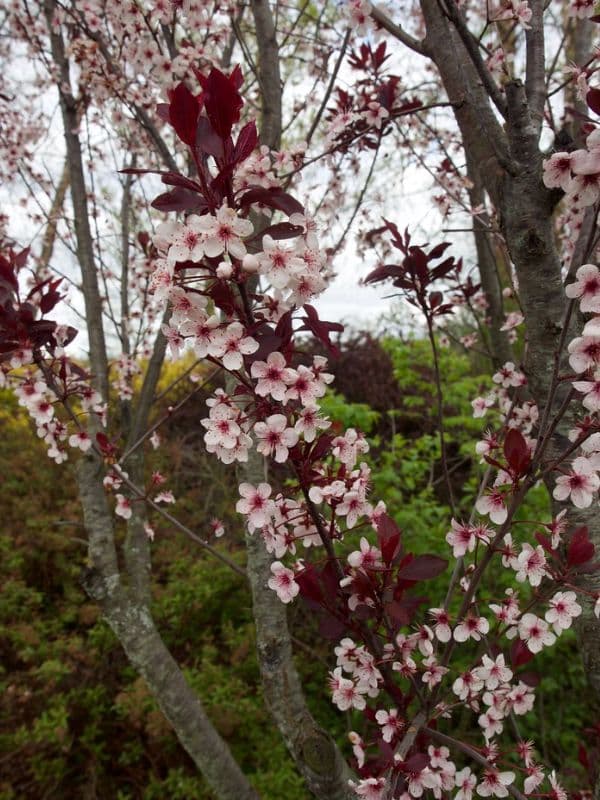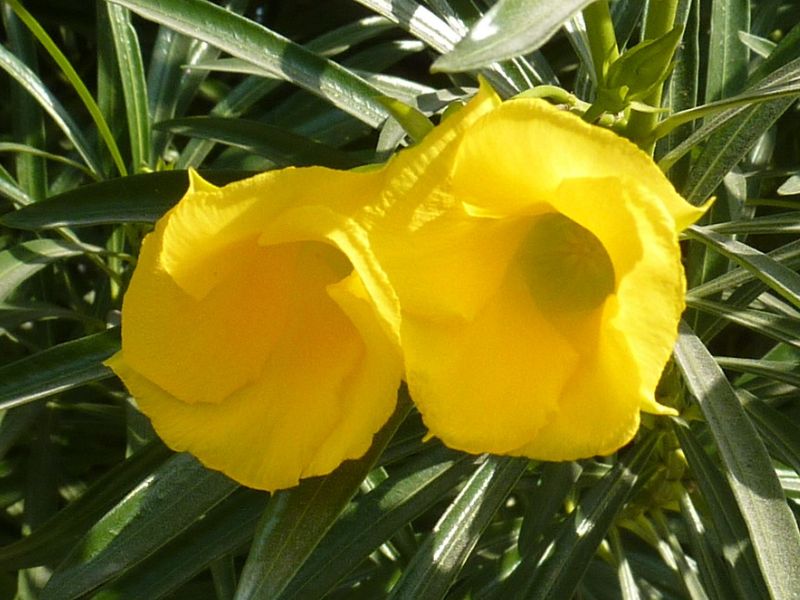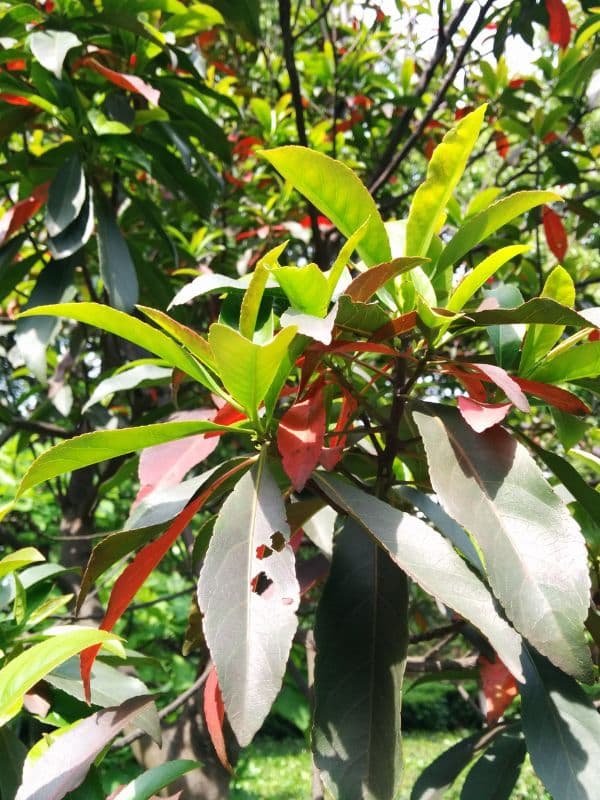Shrubs
Shrubs are versatile, woody plants that play an essential role in any garden. With their multiple stems and rounded shape, shrubs can add structure, texture, color, and year-round interest. Whether used for hedges, borders, or ornamental focal points, shrubs come in a variety of types, ranging from evergreen to flowering species.
What is a Shrub?
A shrub is a perennial woody plant, generally less than 4 meters (13 feet) tall, with multiple stems growing from or near ground level. Unlike trees, which have a dominant trunk, shrubs have a bushier shape. Some shrubs may grow taller in ideal conditions, resembling small trees, such as lilacs and sumacs. Smaller shrubs under 2 meters (6.6 feet) are often called subshrubs.
Types of Shrubs
- Deciduous Shrubs:
- Shed their leaves in the fall, adding seasonal interest with flowers or foliage changes.
- Examples: Hibiscus, Plumbago, Copperleaf, Peacock Flower.
- Evergreen Shrubs:
- Maintain their foliage year-round, providing constant greenery.
- Examples: Gardenia, Glossy Abelia, Nerium, Duranta.
- Subshrubs:
- Small, low-growing shrubs ideal for borders and small spaces.
- Examples: Lavender, Periwinkle.
- Dwarf Shrubs:
- Compact shrubs suitable for small gardens or containers.
- Examples: Dwarf Azaleas, Rhododendrons.
- Flowering Shrubs:
- Add vibrant color with seasonal blooms.
- Examples: Roses, Azaleas, Hydrangeas.
- Hedge Shrubs:
- Dense shrubs used for boundaries, privacy screens, or formal hedges.
- Examples: Boxwood, Arborvitae, Privet.
Uses of shrubs in landscaping
- Borders and hedges: Create natural boundaries or add privacy.
- Topiary and formal gardens: Suitable shrubs like boxwood and holly can be shaped into decorative forms.
- Ornamental accents: Flowering shrubs like lilacs and hydrangeas serve as beautiful focal points.
- Wildlife support: Shrubs provide food and shelter for birds, insects, and small mammals.
- Ground cover: Low-growing varieties like creeping juniper help prevent soil erosion on slopes.
Planting Shrubs: Step-by-step guide
- Select the Right Shrub:
Choose shrubs based on your climate, soil type, and sunlight conditions. Check plant labels for information on water and space needs. - Prepare the Planting Site:
- Place the potted shrub in its desired spot to check for spacing.
- Dig a hole as deep as the shrub’s root ball and twice as wide.
- Plant the Shrub:
- Remove the shrub from its pot and loosen the roots.
- Place it in the hole, ensuring the top of the root ball is level with the soil surface.
- Fill the hole with soil, firming it gently to avoid air pockets.
- Watering:
Water thoroughly to help the soil settle around the roots. Create a ring of soil or mulch around the base to direct water to the root zone.
Shrub care and maintenance
- Watering:
- Water weekly during the first growing season, especially during dry spells.
- Use a soaker hose or gentle nozzle to ensure deep watering.
- Pruning:
- Light pruning helps maintain shape and remove dead or damaged stems.
- Prune flowering shrubs after they bloom to avoid cutting off next season’s buds.
- Cut back spent flowers on hydrangeas and dead stems on roses to encourage regrowth.
- Fertilizing:
- Avoid fertilizing newly planted shrubs to prevent weak growth. Instead, use compost or mulch for added nutrients.
- For older shrubs, lightly fertilize in early spring if they show signs of poor growth.
- Mulching:
Add a 2-3 inch layer of mulch around the shrub to retain moisture, regulate soil temperature, and prevent weeds.
Tips for successful shrub planting
- Sunlight: Ensure the site receives adequate sunlight (full sun, part shade, or full shade) based on the shrub’s needs.
- Spacing: Provide enough space for shrubs to reach their mature size without crowding.
- Soil: Use well-drained soil enriched with organic matter. Avoid planting shrubs in low-lying areas prone to waterlogging.
Common shrub pruning mistakes to avoid
- Pruning too early: Avoid pruning spring-blooming shrubs, such as lilacs, before they flower, as this can remove flower buds.
- Over-pruning: Avoid cutting back more than one-third of the shrub’s growth at a time to prevent stress.
- Ignoring suckers: Remove suckers (stems growing from the root) to maintain the shrub’s shape and strength.
Shrubs are a versatile addition to any garden, offering year-round structure, vibrant flowers, and habitat for wildlife. Whether you’re planting a flowering hydrangea, a privacy screen of arborvitae, or a border of lavender, proper planting and maintenance will help your shrubs thrive for years to come. With the right care—such as regular watering, selective pruning, and thoughtful placement—you can enjoy lush, healthy shrubs that enhance your outdoor space.
